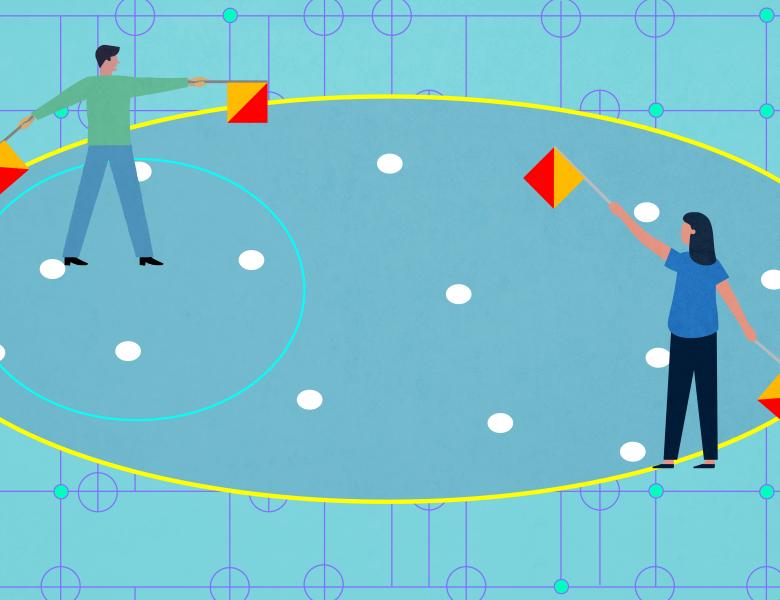
Abstract
Over the past 10 years, there have been significant advances in our understanding of symmetric and structured error-correcting codes, particularly binary Reed-Muller (RM) codes. For simplicity, we refer to this line of inquiry as “capacity via symmetry”. While some early breakthroughs for erasure channels were based entirely on symmetry, extending these results to the binary symmetric channel (BSC) and other binary memoryless symmetric (BMS) channels has relied conditions such as nesting that provide multiple weakly correlated "looks" at a single code bit. In this talk, we summarize these advances and discuss some recent extensions (e.g., to classical-quantum channels). We conclude by discussing some interesting open problems and possibilities for the future.


